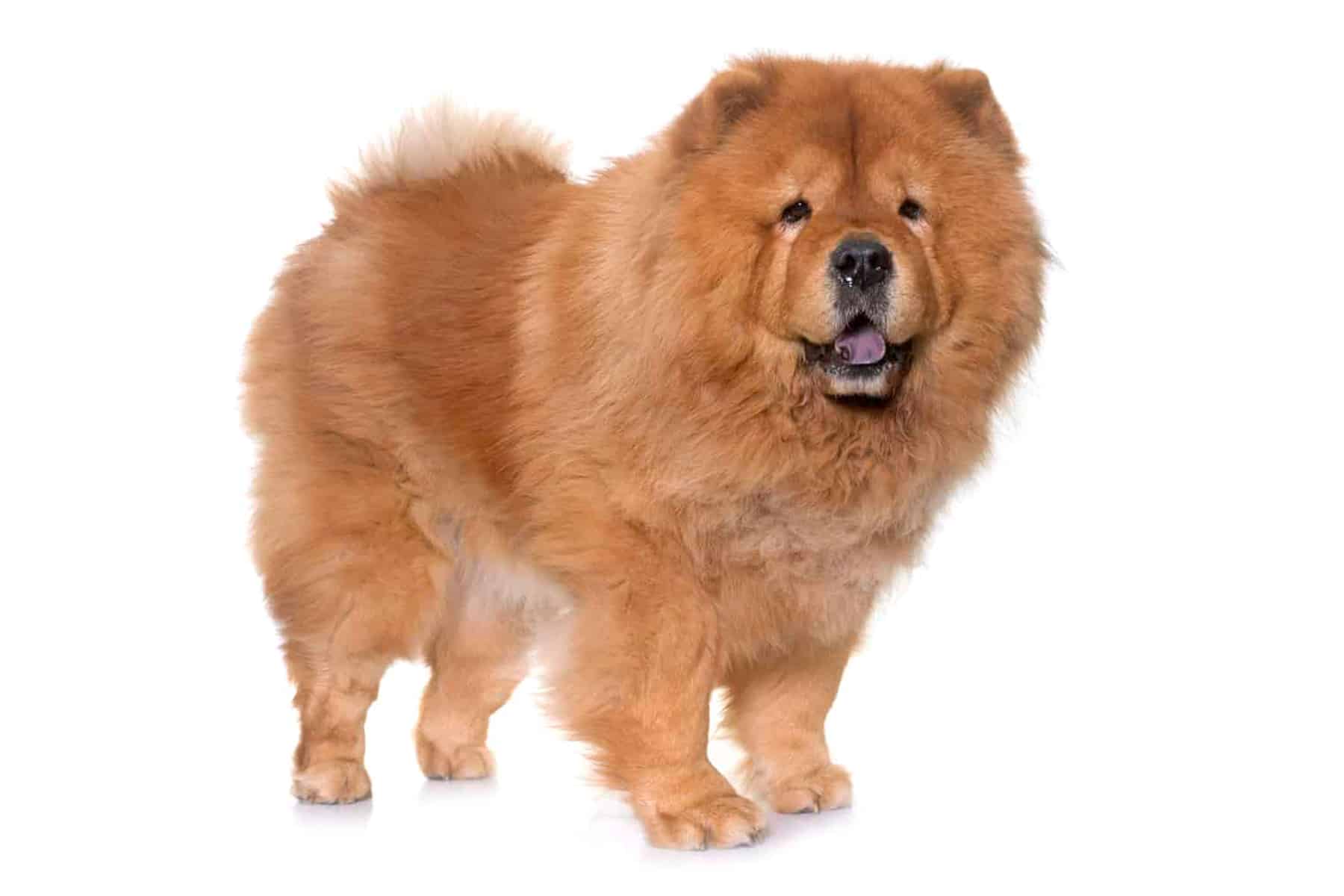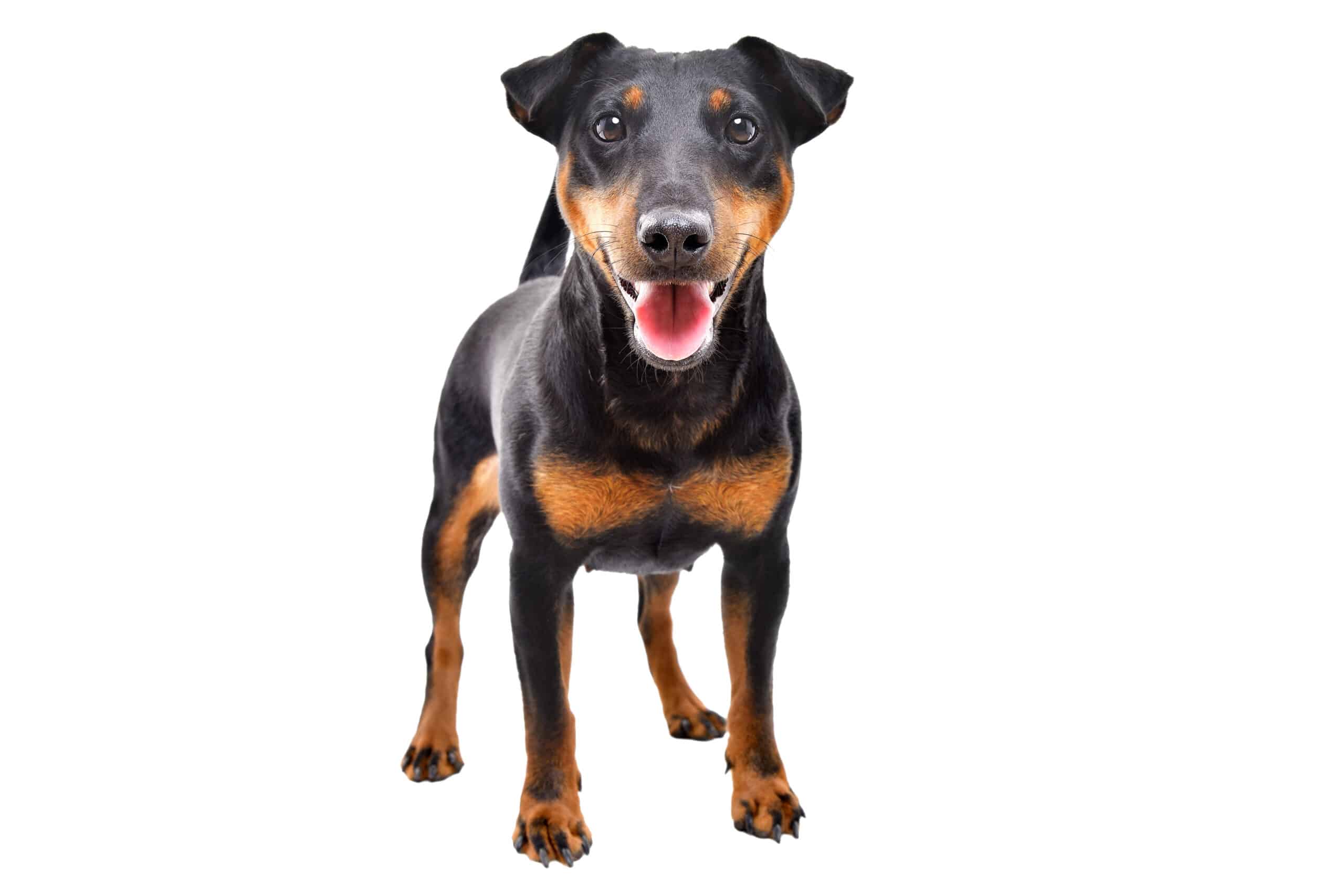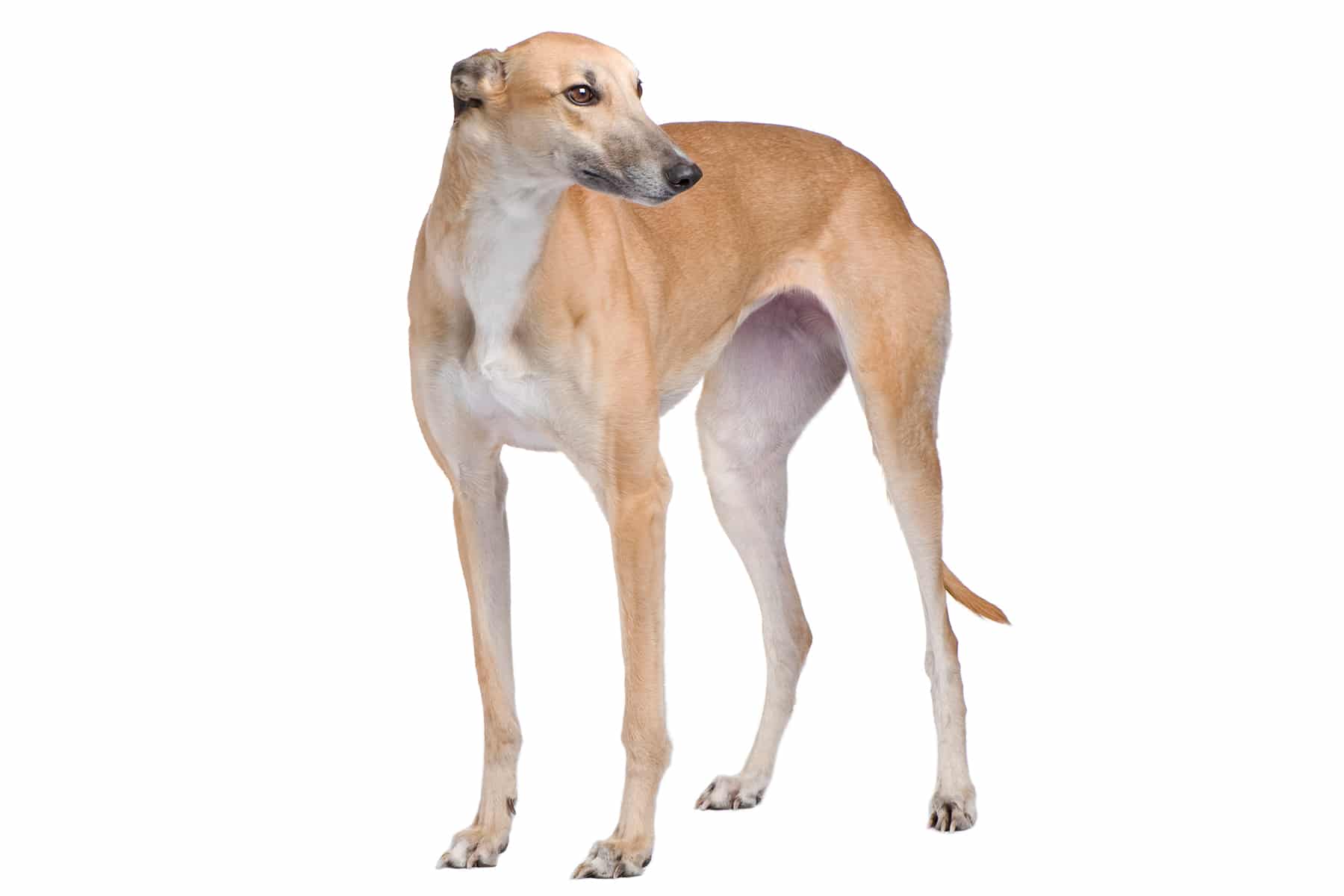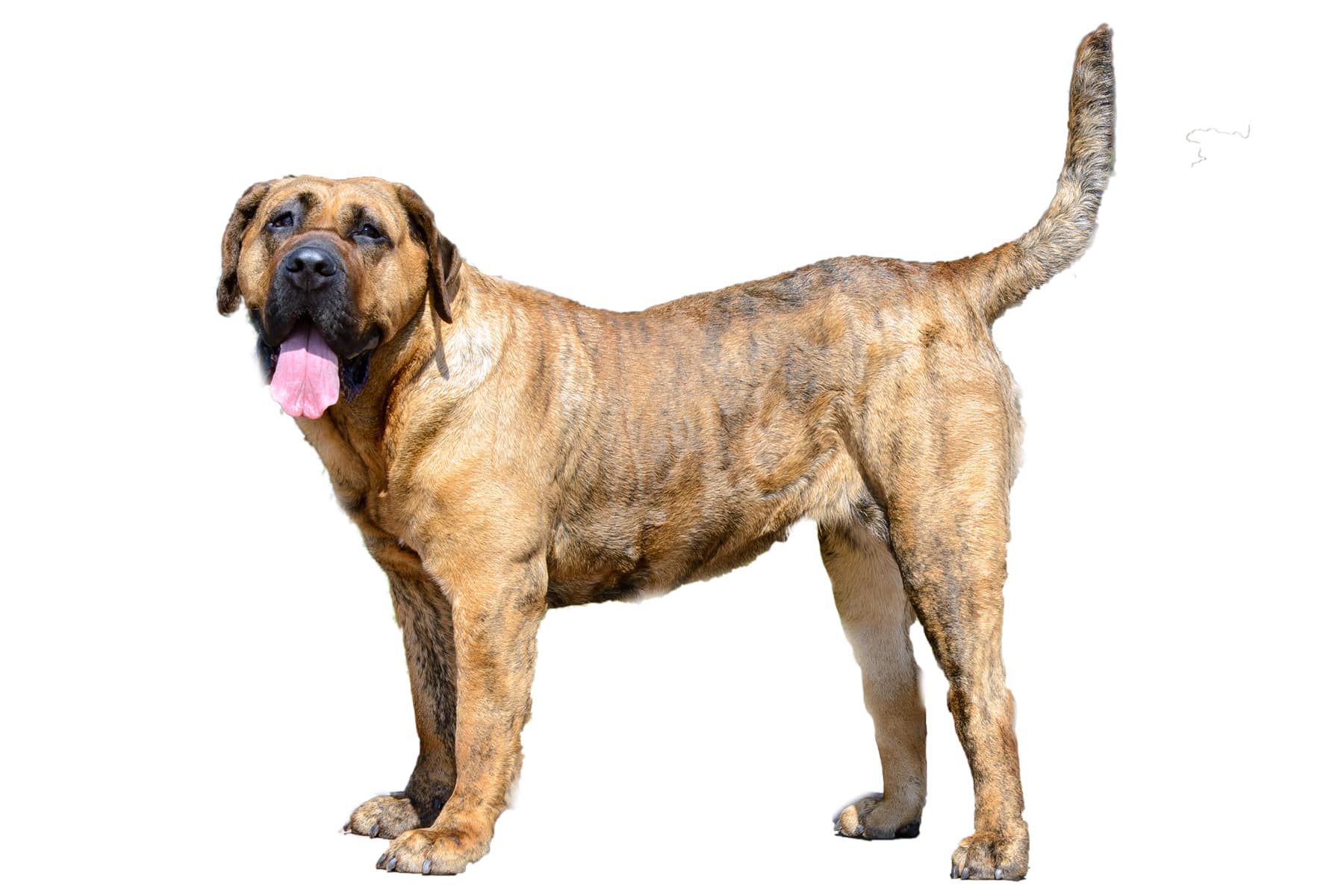Laika
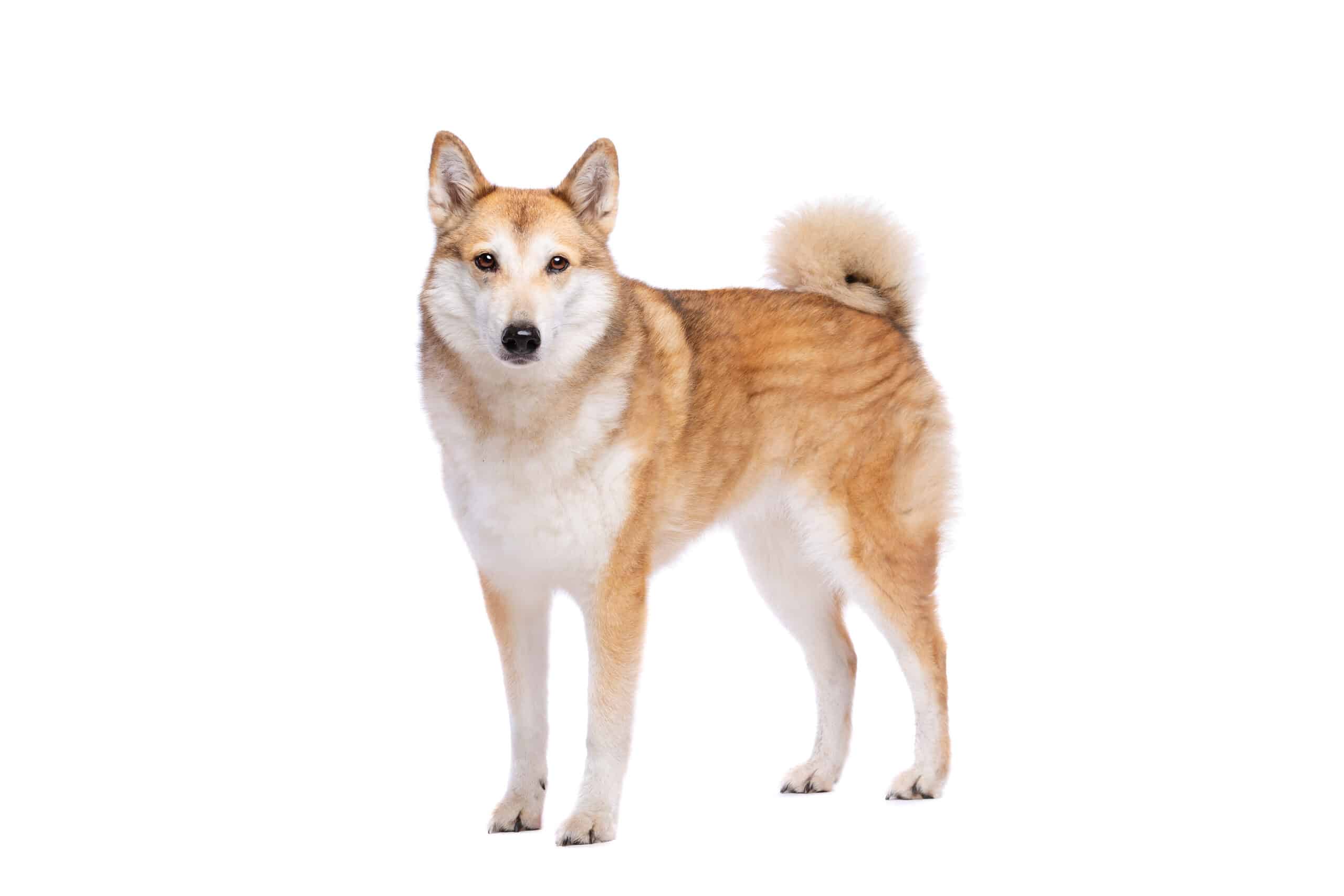
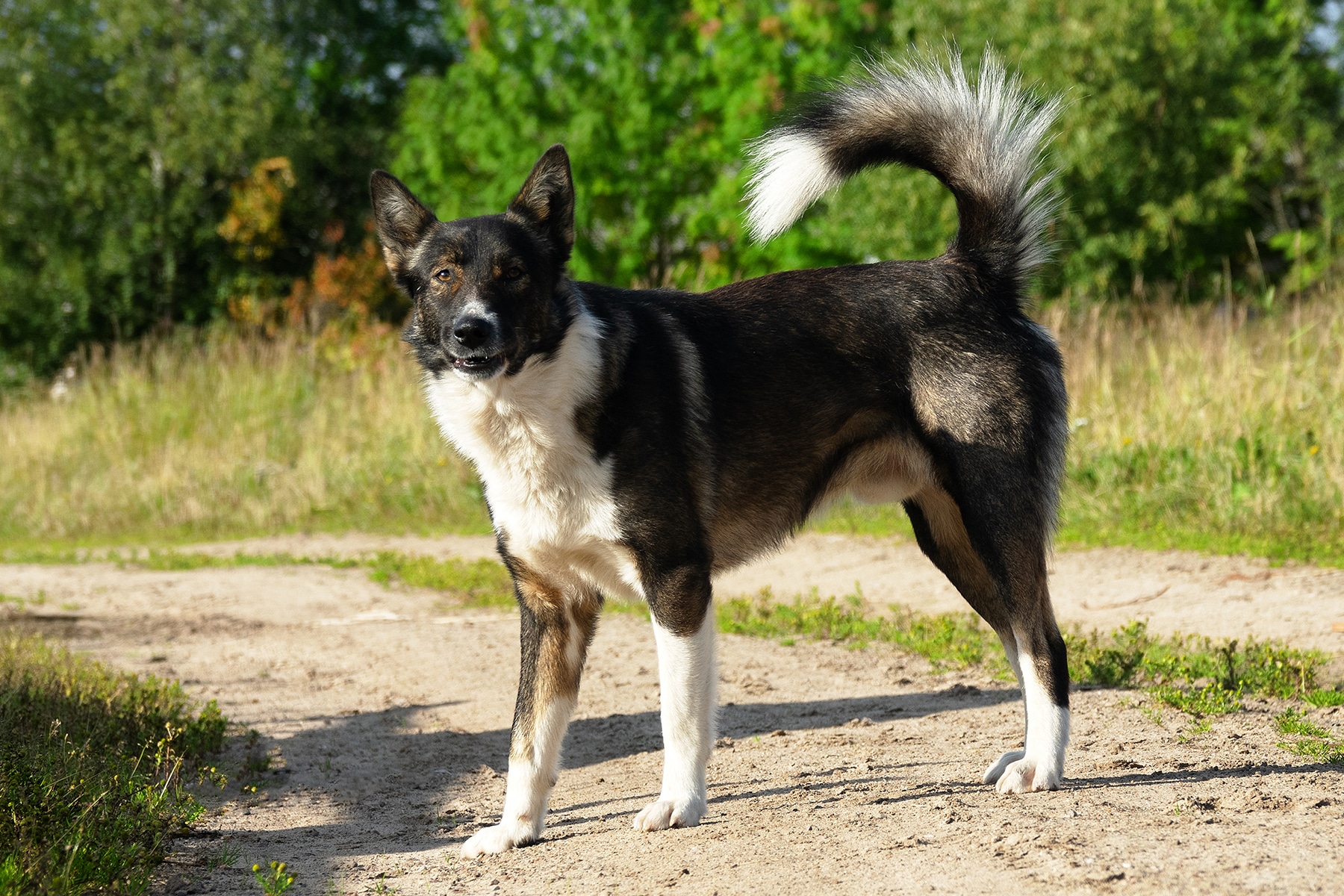
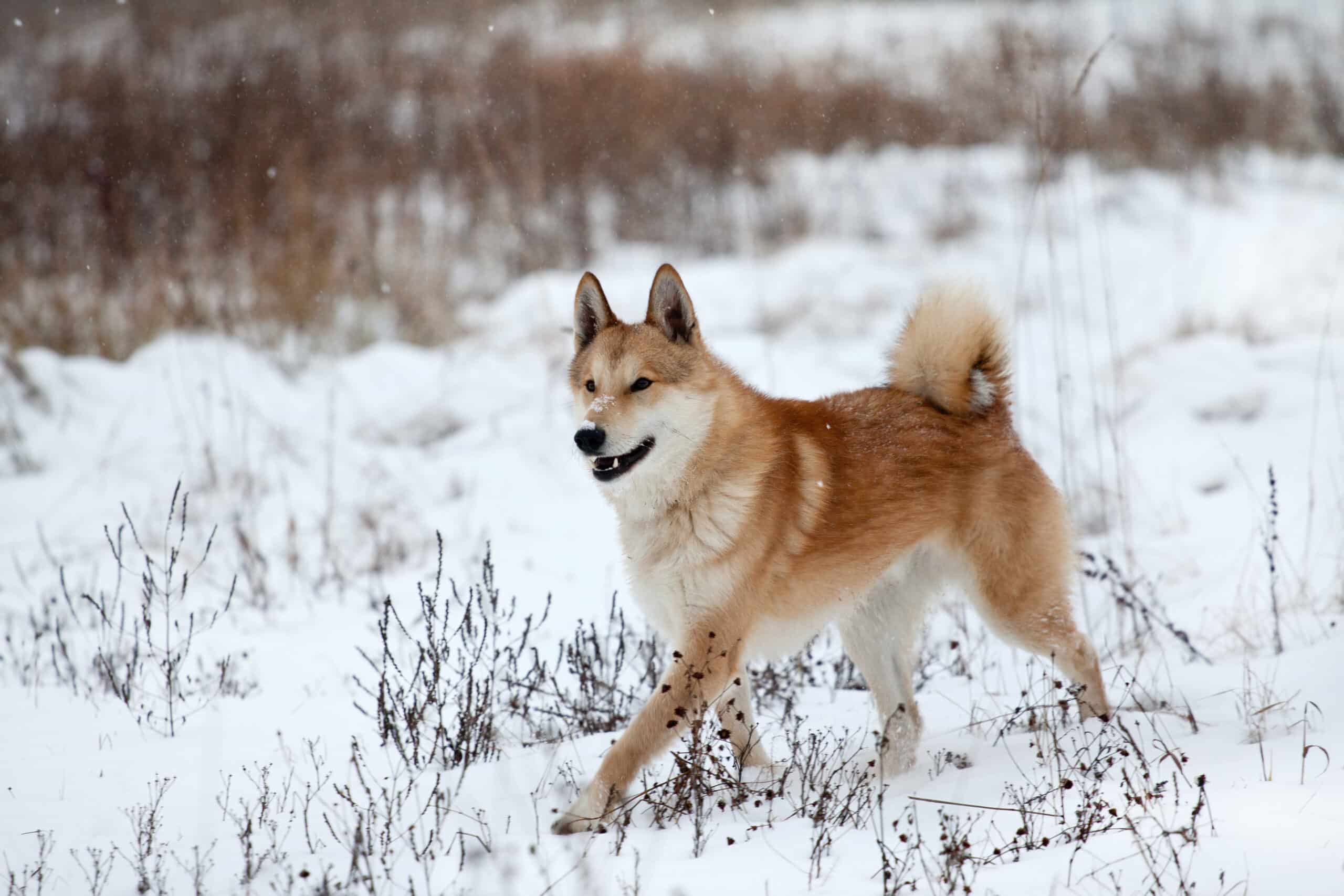
Temperament:
Many people know Laika, the famous space dog. Laika does not belong to the dog breed of the same name. Instead, three Russian dog breeds are grouped together under the term Laika. Here we tell you exactly what they are and how you can tell them apart.
Characteristics
The East Siberian Laika reaches a height at the withers of 53 to 64 centimeters, depending on gender. The body is strong. The head is wedge-shaped and very large. The size of the head differs significantly from the other Laika breeds. The back is strong and the chest very broad. This breed is available in black, white and brown. The coat can be spotted or solid-colored.
The West Siberian Laika is somewhat smaller. Males of this breed have a height at the withers of 55 to 62 centimetres. The bitches have a height at the withers of 51 to 58 centimeters. The build is elongated. The chest is deep and the back broad. The coat can be white, pale, red, gray and reddish-brown. The coat can also have shades of the colors mentioned.
The Russian-European Laika reaches a height at the withers of 48 to 58 centimeters and has a broad skull. It has a dry build. In most cases, this breed is black and white. However, there are also solid-colored Laikas.
All three breeds have a hard, smooth coat with plenty of undercoat.
Coat care:
Shedding:
Energy level:
Trainability:
Children suitable:
The right food
When choosing food, make sure that it contains high-quality ingredients, is balanced and meets your dog's requirements. Age, size or weight, activity and health status play an important role. You should follow the manufacturer's recommendations for the amount of food.
Treats should only be fed in moderation and deducted from the basic diet to avoid obesity.
Puppies can be fed 4-6 times a day. The number of meals should be gradually reduced to 2 per day until the dog is fully grown. A rest period should be observed after meals.
Fresh drinking water should be available at all times.
Health & Care
The Laika breed is very easy to care for. Nevertheless, grooming must be carried out from time to time. Grooming must be carried out with varying frequency and intensity. This depends on whether the Laika is shedding or not.
Some Laikas love having their fur brushed. Others, on the other hand, hate it. It is important to consider the preferences of your Laika. These preferences should determine whether grooming is carried out quickly and efficiently or whether you take your time. Some Laikas love a bath with dog shampoo from time to time. It's not absolutely necessary, but it's a nice change for your Laika.
Suitable accessories
When choosing accessories, make sure they are the right size and quality to ensure your dog's safety.
Like all other dogs, your Laika needs the following accessories: collar or harness with lead, dog basket or dog mat as a retreat, water and food bowl, toys, tick tweezers, claw clippers, mild dog shampoo, brush and comb, toothbrush and toothpaste for dogs, transport box for transportation in the car and a first aid kit. It is best to ask your vet what belongs in the first aid kit.
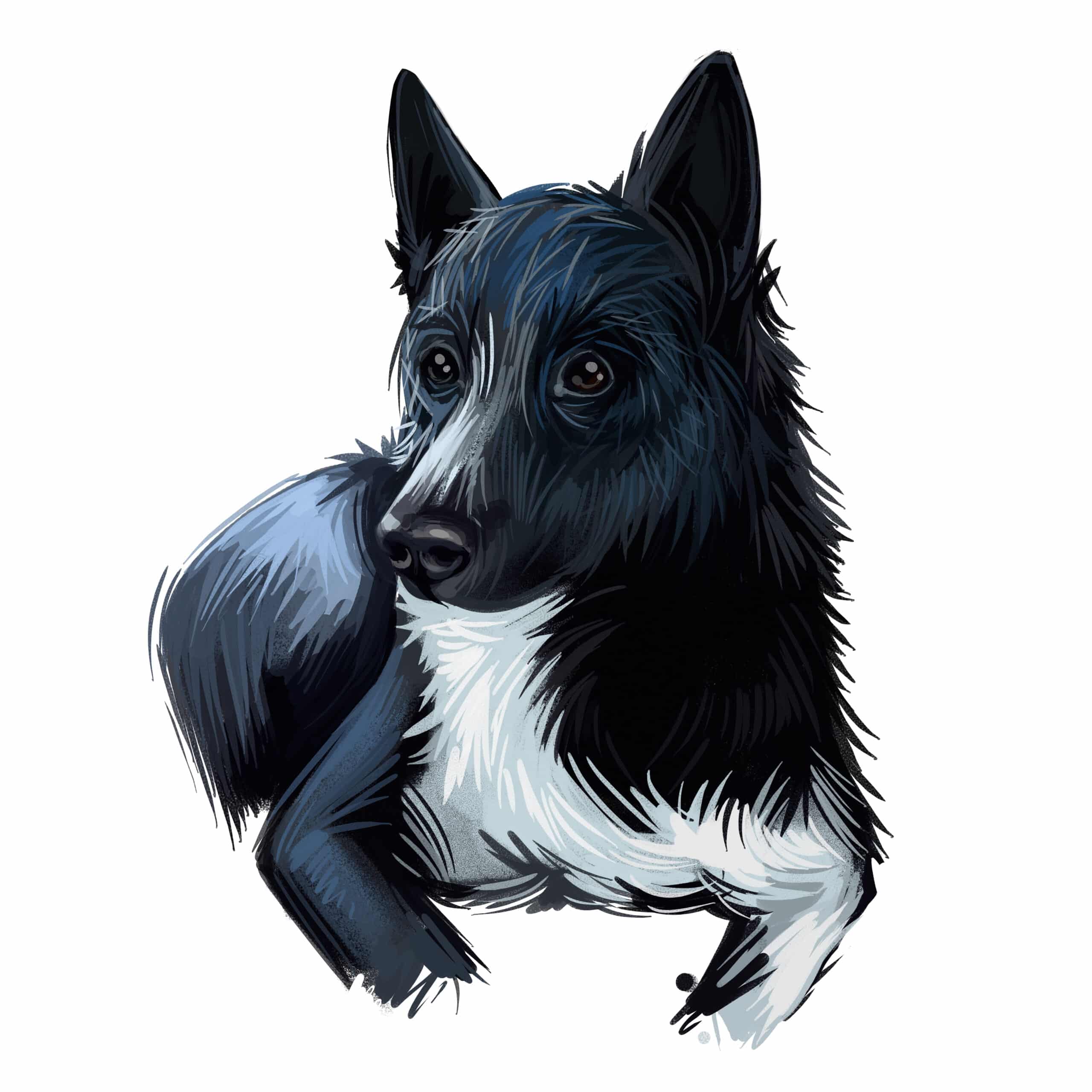
Origin & History
The Laika originally comes from the far north. The three Laika breeds are found throughout Europe and Asia. They were originally bred as hunting dogs. Today, however, it is no longer only used for hunting. In Siberia in particular, it is often used as a guard and watchdog or as a sled dog.
The Laika is a very clever and robust dog with a large gene pool. The Laika is a very old dog breed. There are descriptions from the 19th century. At that time, the dogs were already being shown at dog shows in Moscow. This dog breed had a very high cultural and economic significance for thousands of years. This was mainly due to the fact that parts of Siberia could only be traveled with the help of these dogs. From the Middle Ages to modern times, the Laika was very popular because of the fur trade.
The Laika was also the best sable hunter. Today, the Laika mainly hunts wild boar. The name Laika is derived from the Russian word "lajat". This means "to bark" and results from the hunting behavior. The Laika pursues the game silently and only starts barking when the game has been caught.
Until the Second World War, the Laika was bred according to the old tradition. Afterwards, they were divided into three breeds for modern breeding. The Laika breeds can often only be distinguished in detail. The Russian-European Laika was very popular in the GDR. Many people brought a Laika home from work. The GDR Hunting Dog Association was renamed the Laika Club in 1990. The Deutsche Club für Nordische Hunde e.V. still looks after the breeding of the Laika breed today. Only around 40 puppies are registered with the VDH each year.
